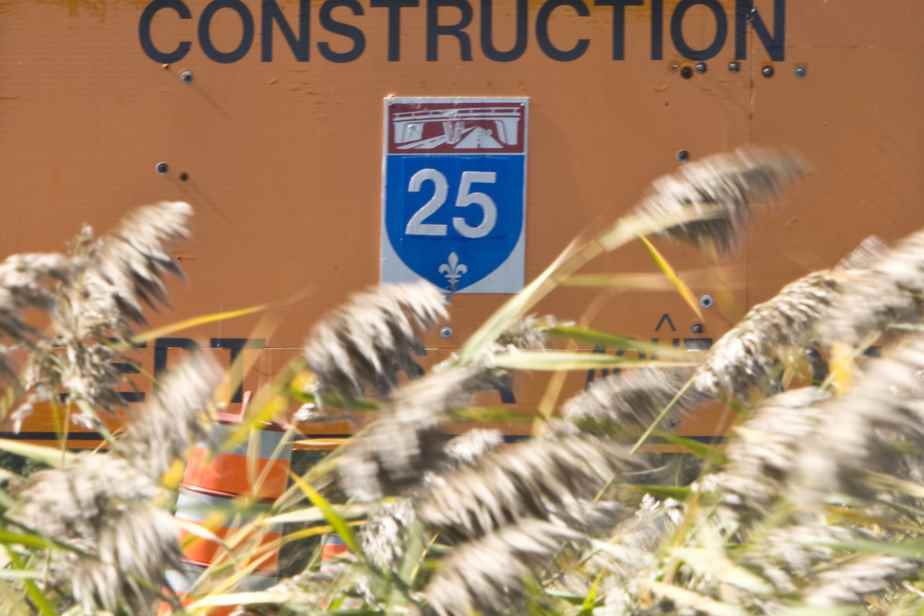The CAQ government made some good moves on the environmental front during its first mandate, in particular the refusal of the LNG Quebec project and the cessation of exploration and exploitation of fossil fuels in Quebec territory. However, with the adoption in December 2020 of Bill 66 to speed up the environmental assessment process for certain infrastructure projects, several projects are taking shape, but deserve more careful consideration.
Posted at 12:00 p.m.
One of these projects is the extension of Autoroute 25 between Saint-Esprit and Sainte-Julienne.
July 21, The Press announced the filing of the project notice from the Ministère des Transports (MTQ) to the Ministère de l’Environnement, even though the latter had previously indicated the presence of an exceptional forest ecosystem as well as several wetlands on the planned extension . The MTQ persists and signs despite everything.
However, beyond the statistics on vulnerable species (779 black maples, several hundred wild leek plants, etc.), an entire ecosystem is threatened. And we are part of this ecosystem.
What will happen to the sugar bushes that will be affected? To the agricultural lands of the region? Because, if this forest is razed to make way for bitumen, fewer living species will interact with the surrounding land. Ecosystems do not live in a vacuum: they interact with each other, and that is what makes them rich.
What will happen if we destroy even more wetlands? In this era of climate change, maintaining wetlands is more than essential, because they make a huge difference during heavy rains as well as for the filtration of runoff water and the capture of CO2.
And this, not to mention the fact that several principles of Sustainable Development Act are thus flouted, while the law should nevertheless be at the heart of any government decision.
Very true: traffic is sometimes intense on Route 125, especially on weekends. Aren’t there other solutions worthy of the XXIe century ? It seems to me that a return to the drawing board would be in order. The time is no longer for the addition of roads, but for a clear reduction in urban sprawl, or even a reduction in the number of vehicles: it is not midnight minus one, but indeed past midnight.

